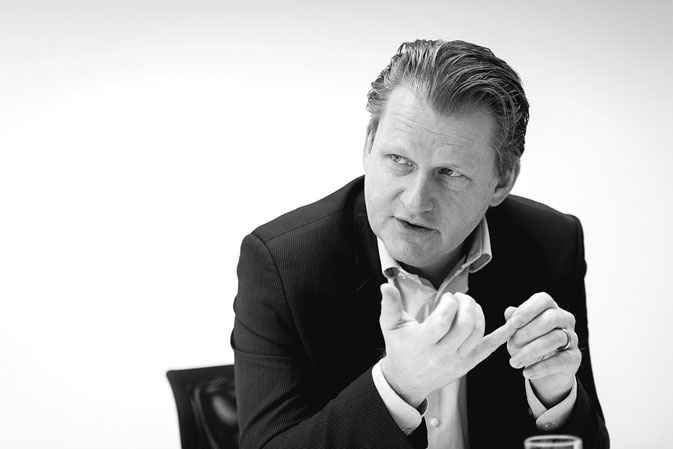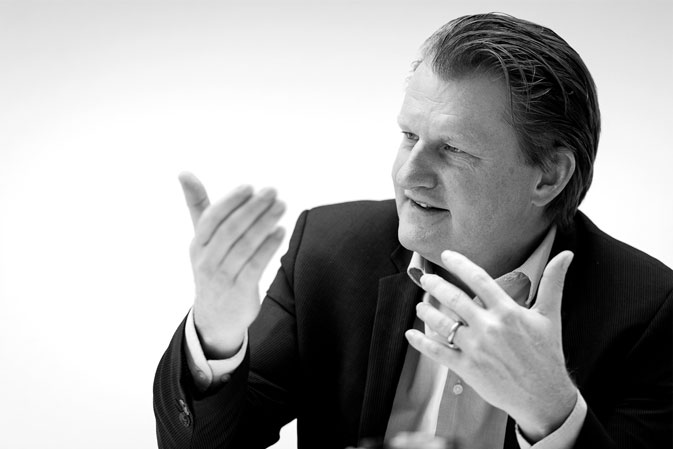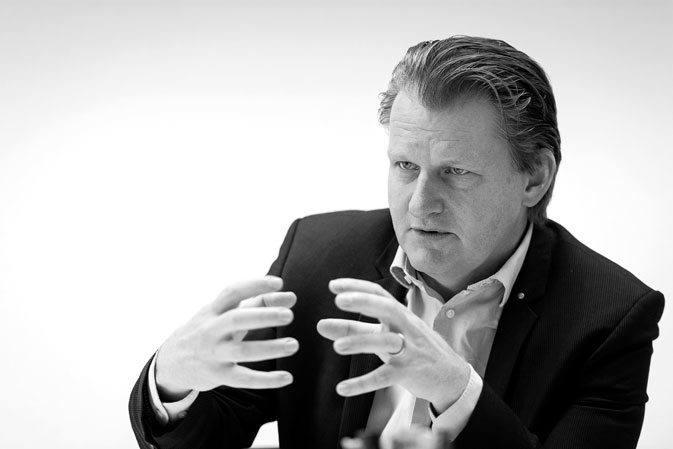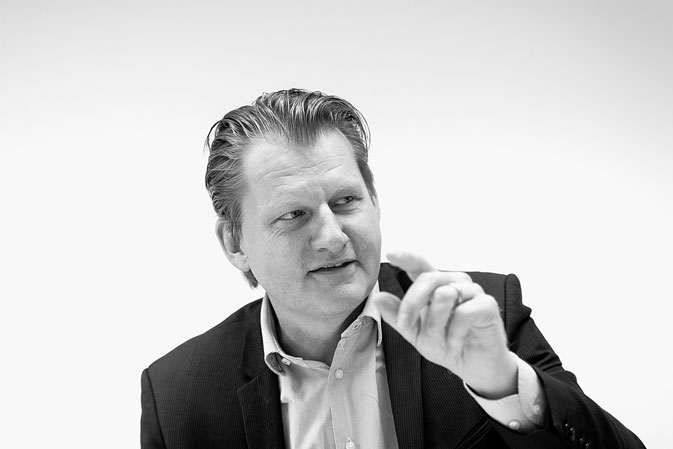echo-interview with Ralph Siegl, Managing Director, Läderach Chocolatier Suisse
elipsLife echo: Given the increasingly health-conscious times we live in, it looks like sugar could soon become the new nicotine. Chocolate consumption seems to be unaffected. How do you explain this phenomenon?
Ralph Siegl: Sugar becomes the target of criticism, above all, when it’s found in food where it doesn’t belong. Chocolate, however, is something to be savoured and here sugar is an important ingredient, also in superior-quality chocolate. That said, we do take particular care not to add sugar to any of products where this is not warranted.
Founded in Glarus in 1962 as a confectionary company, Läderach was for a long time a supplier to the confectionary industry as a whole. It was only after its acquisition of the Mekur chain in 2004 that it began to build up its own network of outlets. What prompted Läderach to make this move?
As a family-run business, Läderach always wanted to remain independent. At the beginning, the founders did not have the funds to establish their own sales organisation. Consequently, the company developed as a successful B2B player that supplied high-quality semi-finished and finished products. The dream of setting up their own retail outlet in Glarus did not become reality until the 1980s. The focus remained on B2B operations however. The changes in the structure of the retail trade, including the demise of the corner shops, underlined the company’s dependence on sales intermediaries. This development strengthened the desire for independence and to open their own stores, something which culminated in the acquistion of the Merkur chain.
But there’s far more to it than just purchasing a chain of stores...
Indeed. Following the acquisition, there was Jürg Läderach with 46 shops and a great deal of knowhow but no consumer brand, And because the Merkur suppliers refused to deal with the new owners for competitive reasons, the newly acquired shops were unable to offer a full range of products as had been the case in the past. At that time, Läderach had neither the product capacity nor the brand to make up for the gap in supply. So there was a need for a consumer brand. When in 2006 I joined this family business from Nestlé, one of my tasks was to develop the brand that was wanted. Through combining retail competence, experienced craftsmanship, superior product quality and successful consumer goods marketing, we’ve managed to create the brand experience as we know it today.
In 2012, Läderach opened its own chocolate factory in Bilten, making the move from confectioner to chocolate maker. Does Läderach produce exclusively in Bilten?
We produce the chocolate mass exclusively in Bilten. The reasons for wanting our own production were the success of our brand and our freshly made chocolate as well as the need to stay independent, this time in respect to the raw material used. Every confectioner buys in the raw material and benefits from the value added that comes from processing this material. For decades, Läderach also purchased the chocolate mixture, the so-called couverture, from specialist Swiss producers. However, we realised the more successful the company became, that we had become dependent on the suppliers of our main raw material. Bold entrepreneur that he is, Jürg Läderach consequently resolved to produce the couverture himself. Our handcrafted products for our consumer brand are produced exclusively in our headquarters in Ennenda. Since the 1980s, we also have a facility in Dillenburg north of Frankfurt. From here, we supply semi- and fully finished products to the German and international B2B markets.




